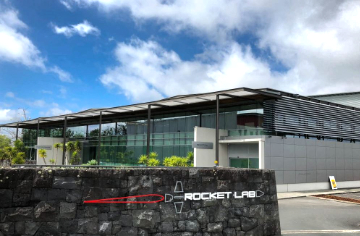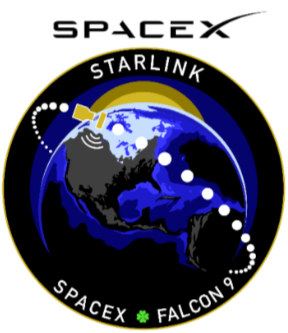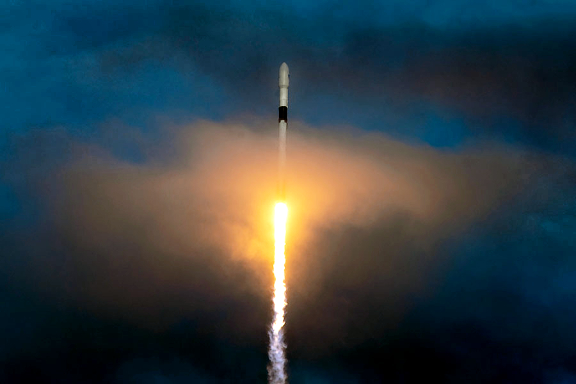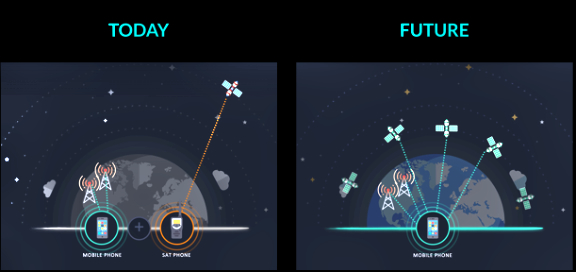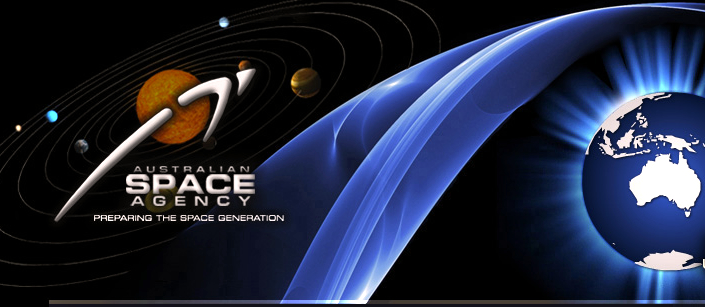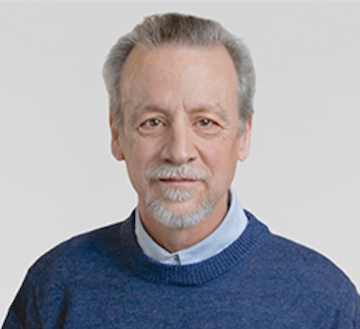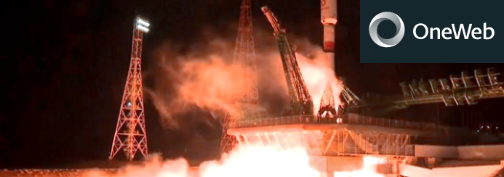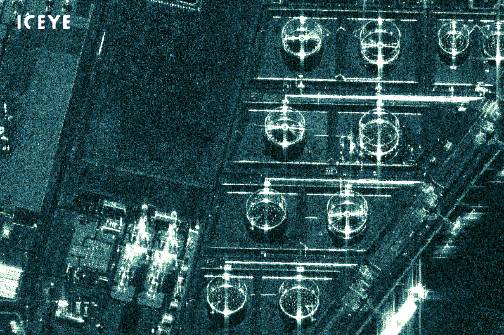
A compressed preview image of ICEYE radar satellite imagery,
originally acquired at 25 cm resolution, showing oil tanks
in Rotterdam, Netherlands.
ICEYE has unveiled their latest capability of 25 cm. resolution imaging with synthetic-aperture radar (SAR) smallsats, using the company’s current on-orbit, commercial SAR satellite constellation.
With this very high resolution imaging capability, ICEYE SAR data achieves the same resolution class provided by larger, conventional commercial SAR satellites operating at their highest performance.
ICEYE successfully launched its first SAR satellite in January of 2018, ICEYE-X1, which achieved 10×10 meter resolution data capabilities, while also becoming the World’s first SAR satellite mission under 100 kilograms (220 pounds) in launch mass. With the company’s latest development of 25 cm. imaging from its current commercial SAR satellite constellation of three spacecraft, ICEYE data achieves the finest classification of resolution in the commercial SAR market.
Following standard industry definitions, the native slant plane resolution of the newly unveiled SAR data is 25 cm. in the azimuth direction, and 50 cm. in the range direction, before ground-plane adjustments are applied. The finest resolution data will be provided to customers in ICEYE’s standard product formats that are accessible with standard Geographic Information System (GIS) tools.
Pekka Laurila, CSO and Co-founder, ICEYE, stated that before, these resolutions have been exclusively reserved for the larger, traditional SAR spacecraft. This resolution is operationally expected to be available for ICEYE customers mid-2020 from the current on-orbit constellation.
Dr. Mark Matossian, CEO of the US subsidiary of ICEYE, noted that site activity monitoring based on very high resolution SAR data enables the firm’s customers to unlock new insights in virtually all use cases that use ICEYE’s current 1-meter resolution imaging.” — 25 cm. resolution SAR imaging is ground-breaking to come from the world’s smallest SAR satellites. Commercial and government SAR customers will be able to achieve very detailed change detection, perform improved object classification, and track ever smaller objects from orbit.

